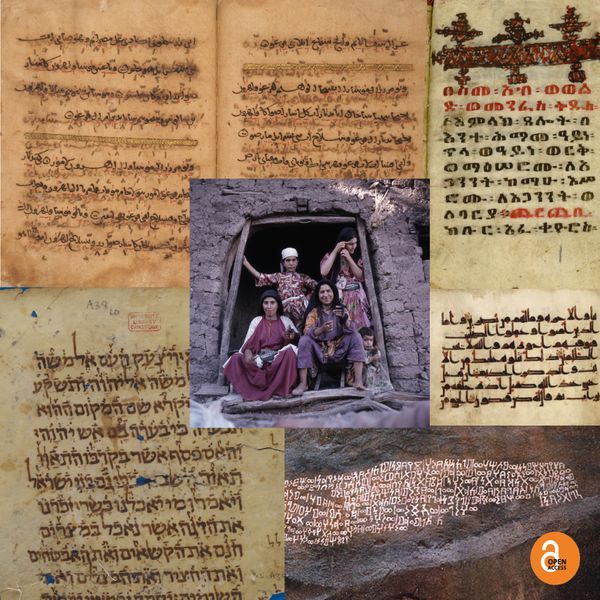HOROS: Ancient Boundaries and the Ecology of Stone
By Thea Potter
As we face the rise of a new global technocracy, an exorbitant transfer of wealth and manipulation on a mass scale under the auspices of ‘protecting human health’, paralleled with ecological devastation and the theft of the global commons in the name of a ‘green revolution’, an investigation into the origins of boundaries, the significance of matter in human language and the conceptual and material limits of the market is timely if not essential. All the more so as these globalist developments are being underwritten by the legally mandated (and potentially even forced) desecration of human bodily integrity and the permanent establishment of a state of exception in which human technologies are used to administer, monitor and rule over all life.
Where are the boundaries between nature and human, if there are any? Or what about the distinction between human and nonhuman? Plants have been shown to make decisions, animals and birds make use of tools. As developments in biology lead us closer to the realisation that distinguishing humans from all other creatures on account of the possession of ‘reason’, ‘language’ or ‘psyche’ is nothing more than a figment of our imagination with no actual biological evidence, the last domain to remain exclusively beyond he realm of reason is the lithic. ‘The stone is worldless’ said Martin Heidegger, and his statement has remained without critique, at least not in regards to the stone. However, ancient religions (and possibly even living ones) attributed life to the stone. In the Greek mythological tradition Niobe transformed into rock and continued to weep tears of grief, the stones that built the walls of Thebes moved of their own volition to the sound of Amphion’s lyre, and of course there is Sisyphus’ stone always rolling down on top of him only to be pushed up again.
Stone might be something more than a mere passive form upon which we build our lives. We may use stone in order to construct our houses, our walls and roads, locking some in, blocking others out, but there is always a possibility that the stone is in some way involved in our drama. The human stage is peopled by a good many nonhuman things, from base matter to the plants and animals that sustain us (both physically and psychologically). Many people would testify to the albeit undemonstrable (though not unsubstantial) fact that a home holds memories between bricks and mortar. While this may be true over generations, it is nonetheless within living human memory. But what about the rocks themselves? Is there a trace of a much more archaic past in the rock, Palaeolithic in fact? One of the founding claims of alchemy is that stones do have certain powers, powers that can in some way affect the human mind. If there is a force within the stones themselves is it something like a piece broken off from that great ancient concept of the anima mundi, the ‘soul of the world’? Such a notion is well beyond proof or disproof. That said it might be worth entertaining the idea just for second in order to look around at the objects within our grasp. This mug of coffee, where did the clay that constitutes it originate? Is the matter disturbed or was it moulded with love?
The recent COP26 may have had climate change on its agenda, but given the push, promotion and money funnelled into electric vehicles, wind turbines and solar power, the grave problem of rare earth mining for the cobalt and lithium essential for keeping the cars on the road and storing the energy created did not even register. Is this because it happens at a distance from these heads of state, ceo’s and emotive media promoters? Or because the dirty job is relegated to the people (and children) of the Congo? Or is it because mining, the actual process of digging into the earth’s crust is not yet an issue for the one percent because the profits there from are too enticing? Without doubt it is a combination of all three. Here however it is the third that I draw attention to, mainly because geological formations are rarely spoken for. Greenpeace might run a campaign championing a forest with the image of a cuddly koala as the frontispiece, but geological formations for their own sake do not get a look in. And yet the earth itself composed of rocks that wear away, break down, reform provides the substrate of existence. The extraction of fossil fuels has its critics, though normally because of the effect they have once they are burnt and added to our atmosphere. But what about the material itself? These rocky substances have a long history, they may lie dormant now (if undisturbed), but what role will all this matter play in the future? It is time we start to take stones seriously, not just as the base material we use and discard, but as the very matter that provides us with the possibility of describing and distinguishing ourselves, inscribing humans within the long history of the earth. This book takes the archaic example of the horos (boundary-stone) in order to examine the meaning and signficance stones have had in the (linguistic) production of definitions, limits and terms that structure our world.
Horos: Ancient Boundaries and the Ecology of Stone by Thea Potter is an Open Access title available to read and download for free on the link below.





